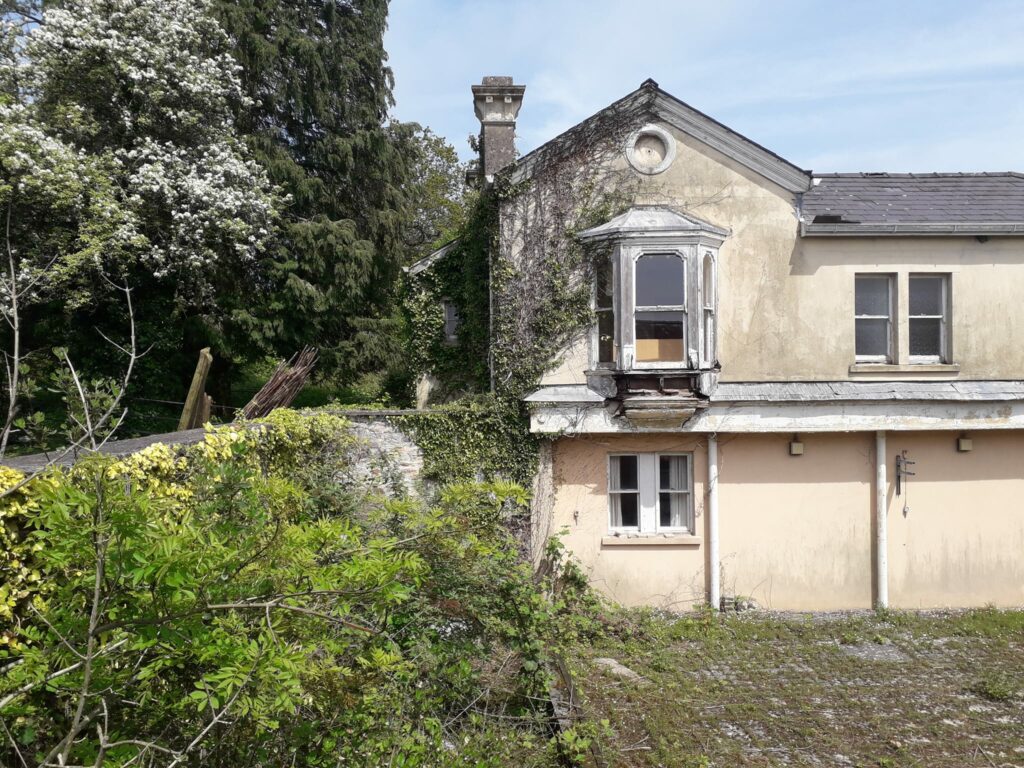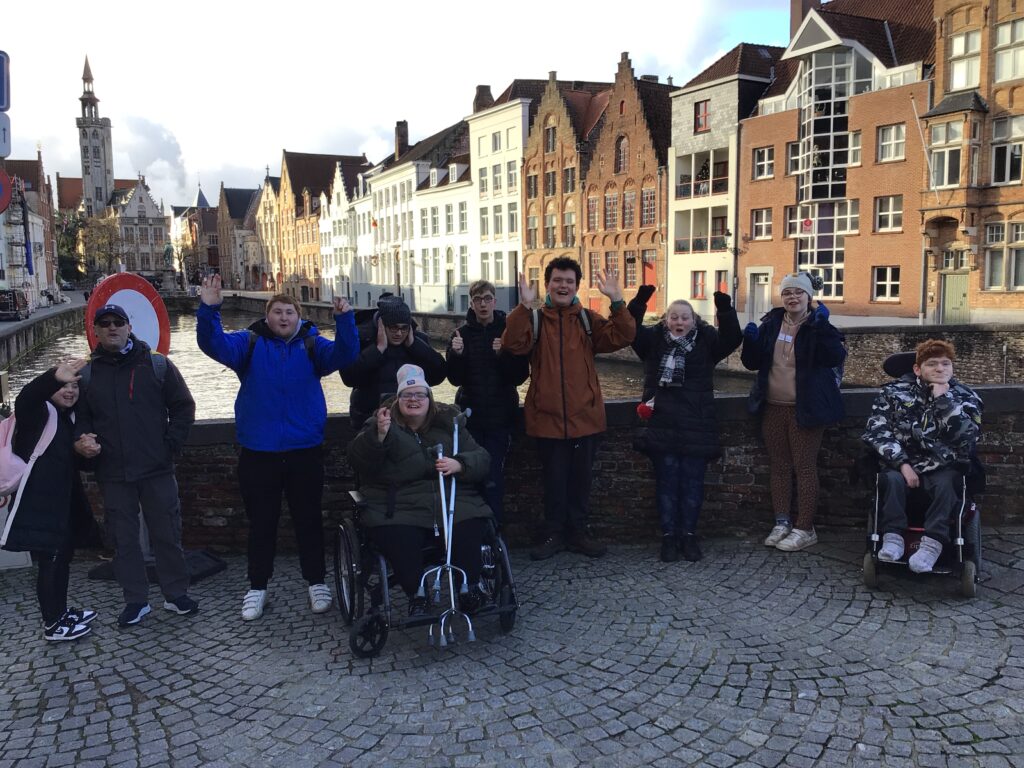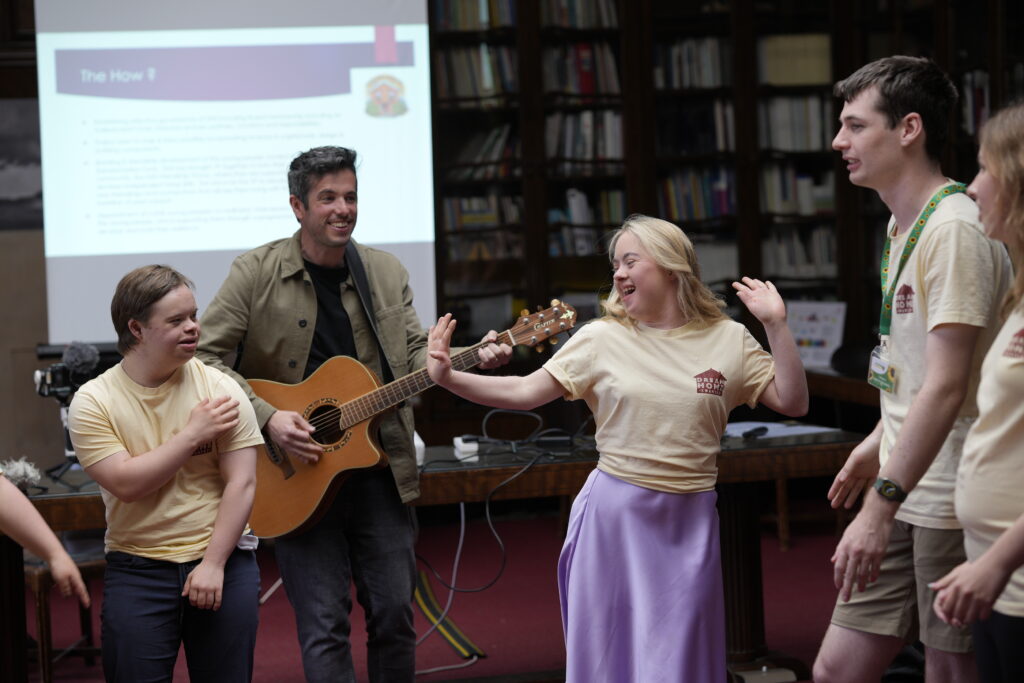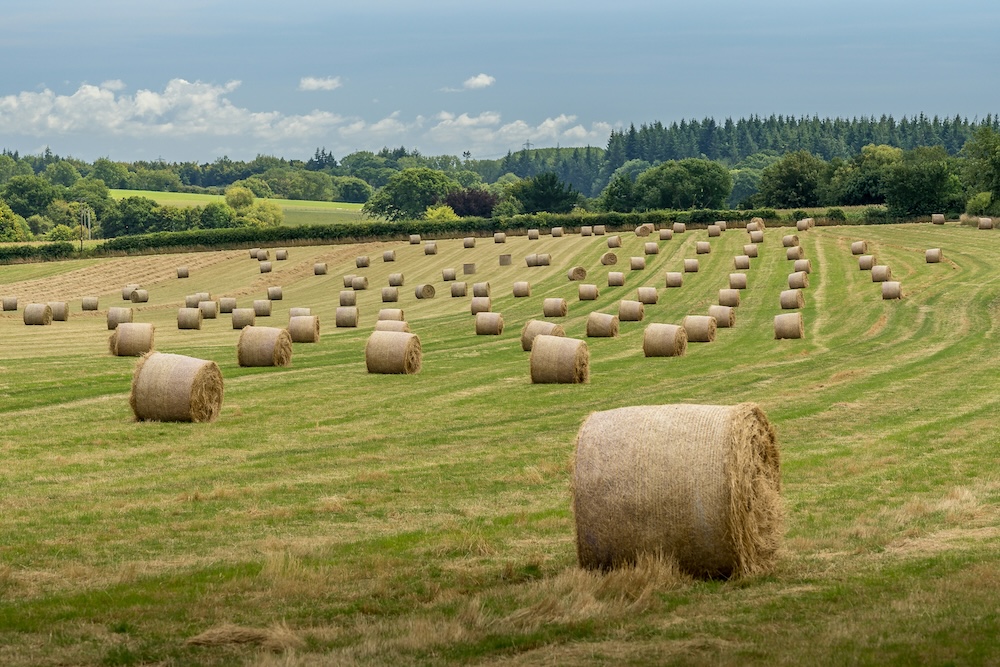Ken Moon, Chair of community land access organisation Tir Pontypridd, suggests an alternative history for Dyffryn Gardens.
We recently enjoyed a family day out to Dyffryn Gardens, a National Trust property. It was the kind of relaxing holiday-like experience we’ve all come to t expect from a visit to a National Trust property.
The calm bucolic tranquillity is what visitors pay to experience. Judging by recent press coverage, visitors don’t pay to be ‘hectored’ by the uncomfortable historical truths about how the creation of landed estates helped to exclude people from what was once held in common.
The founders of the National Trust believed that ‘everyone needs nature, beauty, and history’. These are the three founding principles under which the National Trust was first founded the year they secured their first property with five acres of clifftop at Dinas Oleu. But understanding our collective past requires heritage institutions like the National Trust, to be far more openly direct and honest with us about our shared history here in Wales.
I believe, like the trusts founders, that we all need access to nature, beauty, and history.
Unfortunately, most of the main house, where you might expect to read about the history of the house and gardens, was swathed in scaffolding and remains closed to the public whilst renovation works are being undertaken. The property has spent many years in the care of the Vale of Glamorgan council and like many councils owned properties has suffered from a lack of maintenance. So, instead, I paid a follow-up visit to the National Trust website
Given my interest in land rights, the trust’s founding principles and the recent claims of its ‘anti-woke’ critics, I was looking forward to reading up on how the estate came to be owned, and where the money came from, to be able to afford such a grand house and gardens. However, the website simply repeats the simple, accepted historical narrative that is available elsewhere; that the Manor of Whorlton was ‘given’ to the Bishop of Llandaff in the 7th Century, changed hands a bit, there was some money made from coal and, ta da, big house lovely gardens. The end.
Feeling somewhat underwhelmed I thought I’d have a go at putting forward a less sanitised version of the history of Dyffryn House and Gardens. I believe, like the trusts founders, that we all need access to nature, beauty, and history. Not because these things are nice to have, but because they’re all essential for our collective well-being, and our future sustainability of life in this small nation of ours. If we are to achieve Net Zero in Wales by 2035, then we need to understand how we got here.
The story of Dyffryn House and Gardens, as presented by the National Trust; “…is entirely one of ownership, forever linked to the great men who enclosed, inherited, or bought it. But there are countless other tales to tell” (Nick Hayes, ). And those tales are all around us; imprinted on our landscape and on the very structure of our society. A society in which people are almost completely excluded from their own national trust. So, where might this altstory begin?
Robust debate and agenda-setting research.
Support Wales’ leading independent think tank.
For argument’s sake, let us take ourselves back to the invasion of Wales by the Romans who, while they did not ‘penetrate’ far into Wales, they left their legacy. Defeating, and then assimilating, the Celtic Silure tribe, it was they who introduced the estate system to the Vale of Glamorgan; a system of land management that depended on slaves for its productivity.
The Romans left behind them a society which had been fundamentally transformed. Their system of estates may have survived the collapse of the Roman Empire but by the 7th century the acquisition of wealth through slavery was becoming a stain on early Christian consciences. A new fashion swept through the upper hierarchies of the early medieval elite, the gifting parcels of land to the church in return for the absolution of sins.
This then might help to explain how the estate came to be owned by Bishop Ousaceous of Llandaf in 7AD. It was not something that simply happened, but occurred within a wider social context and historical context. One which still resonates with us in our modern day conversation around slavery today.
When, several hundred years later, the Normans colonised parts of Wales they assumed control over the rich farmlands typical of areas such as the Vale of Glamorgan. Whilst church lands generally escaped acquisition, Welsh ‘commoners’, who for thousands of years had enjoyed access to such land under ‘rights in common’ and protected in law since Roman times, now found themselves excluded; their only means of survival was to become Serfs on estates which were now managed in the Norman feudal fashion.
Scholars such as David Ross have written about how the Normans left the poorer quality uplands to the rule of a Welsh elite who continued to govern under the laws of Hywl Da. But hundreds of years eventually they the Normans did manage to either subjugate or co-opt the Welsh aristocracy into their way of ruling, finally imposing their own laws and customs across Wales. And at their heart was the Norman cult of exclusion.
It is this which explains why the vast majority of the nation’s populus are excluded from the lands which surround them.
During the Tudor period the cult of exclusion found many new and enthusiastic adherents and there was a significant rise in enclosures which saw the open field system ‘improved’ and more and more people excluded from the landscape. This was the period in which the Button family acquired and improved the Dyffryn estate.
The 16th Century also saw the rise of western civilisation and the exporting of the Norman colonial template that went on to become the dominant philosophy of an empire built almost entirely on plunder, supremacy, and slavery. The Norman cult of exclusion was going global.
The British Empire went on to systematically destroy the economies of the many countries colonised, and the empire ‘builders’ ploughed the spoils of their conquests into purchasing and enclosing new lands and estates and investing heavily in the newly emerging iron smelting and coal industries. These innovations in turn created new wealth, which was then spent on further improving properties and grounds, with estates competing to display the finest riches and the choicest plant specimens.
The ‘commoners’ who had once belonged to and accessed the lands of the Vale for their subsistence, were now working in the foundries and pits of the newly industrialised and urbanised valleys. Often living through periods of abject poverty these were the very people who would benefit from the charity of John Cory, the incredibly wealthy 19thC owner of the house and gardens that you see today. This is the awkward, but inescapable history of estates like Dyffryn House & Gardens.
As a nation, the darkness of the cult of exclusion still sits at the core of our laws and society in Wales to this day. It is this which explains why the vast majority of the nation’s populus are excluded from the lands which surround them. It is so engrained in our national psyche that we rarely question it. It is a cult which we, as part of the British Empire, went on to export around the world, and which helps explain why our public discourses about our role in the global slave trade are still so challenging. And which curtails many public debates about land use, access and rights in Wales.
This is the history of how we came to be dispossessed from our own nations’ inheritance, our national trust. It goes some of the way towards explaining the UK government’s current effort to draw negative attention to refugees coming on ‘small boats’ instead of trying to find community led, land-based solutions to the climate crises. We cannot address the climate crises until we begin to address the root causes of the great inequalities at its heart. And land inequality is a key part of that. Our relationship with nature came to be broken precisely because our relationship with the land became broken.
Robust debate and agenda-setting research.
Support Wales’ leading independent think tank.
‘Everyone needs nature, beauty, and history’, but until we can accept our shared history, we will not regain our place in nature. Our shared history of estates like Dyffryn House & Gardens is a history of land and power. If we’re ever to live equitably and sustainably in Wales, then we need to overcome hundreds of years of the cult of exclusion and have an open debate about how we should be sharing the landscape of Wales to deliver a socially just Net Zero Wales by 2035.
As if doing so wasn’t already challenging enough.
In February 2022 the IWA published a report entitled ‘Our Land: Communities and Land Use’, highlighting a distinct lack of progress in Wales to empower communities to gain control of land. Especially publicly owned land. The report made a strong case for progressing this agenda and calls on the Welsh Government to progress this urgently. However, progress has been painfully slow, and this approach is not empowering.
Thankfully there are communities in Wales who are taking on this challenge one parcel of land at a time. In doing so they are re-establishing that sense of belonging, or berthyn, that communities in Wales have with the lands on their doorstep. They are channelling their hiraeth and are reclaiming small areas of land as their own, and they are doing so in a variety of ways.
For example, the grounds of the Kymin in Penarth, which are now owned by the local authority, and managed collaboratively by several different community organisations, under the Umbrella of Penarth Growing Community.
Originally a farm, the present house and gardens were built as a seaside villa The house and grounds had previously been managed by the Town Council, until a row with the local authority over funding led to it being put out to tender for a hotel and restaurant. The community however successfully argued that it belonged to the people of Penarth, theirs by right of use. In an agreement between the Vale of Glamorgan Council and Penarth Growing Community, several community groups now have access to the site.
The different community groups work together on different areas of the gardens such as the woodland conservation group, an arts and theatre group, a Benthyg and a permaculture group. These come together collectively to make decisions, and support each other in the management of the grounds and outbuilding. Collectively they are discussing a more formal long term tenancy agreement to secure the site for on-going community use. In Penarth the community are helping to rewrite the history of land ownership to help secure the future of the town.
And this is a story which is being repeated across Wales.
Communities are often written out of the official history of our landscape in Wales, especially the history of fine houses and gardens.
In Cwmbran, the Llanfrechfa Grange Walled Garden, previously part of a manor house and estate that later passed into the ownership of the Anuerin Bevan Health Board, is now run by the Friends of Llanfrechfa Grange Walled Garden. The group is a registered Charitable Incorporated Organisation (CIO) and are actively looking into the history of the gardens and the estates, involving the community in uncovering that history. Perhaps in time, they will get beyond the history of ownership and be able to discover more about the history of belonging between the people and the land here.
The charity holds a 10 year lease on the Walled Garden and has been open to the public since April 2022. The stated purpose of the charity is to: “create and maintain an uplifting multi-purpose garden for the benefit of the public and healthcare staff through the redesign and restoration of the Walled Garden at Llanfrechfa Grange.” They are working in partnership with the Health Board to provide access for staff, patients and visitors, and are looking at widening and extending access.
Communities are often written out of the official history of our landscape in Wales, especially the history of fine houses and gardens. Our history in Wales, especially our early history, is often presented as being primarily about Princes and Castles, of the affluent and the elite, but there is another history. If we are to live sustainably in these lands, then we need to research and write about this history in order to learn from it. Because our history of belonging to the landscape may well be the story of our future.
Robust debate and agenda-setting research.
Support Wales’ leading independent think tank.
And given Wales’ history of community organising and co-operation communities self organising to reclaim control of land for the wellbeing of both present and future generations should not come as a surprise to us. Communities are slowly taking back control of their own national trust to create their own alternative future. They’re doing it in a variety of different ways, and in the absence of a community land rights policy in Wales. Communities aren’t waiting.
We need to hear more about our shared history of belonging in our shared landscape so that we can openly explore how we can rekindle a new sense of shared belonging to landscape and nature. We need to hear from those communities who are reclaiming their sense of belonging to their landscapes one acre at a time.
All articles published on the welsh agenda are subject to IWA’s disclaimer. If you want to support our work tackling Wales’ key challenges, consider becoming a member.
This article was edited by Gracie Richards thanks to the Books Council of Wales’ New Audiences Fund.





